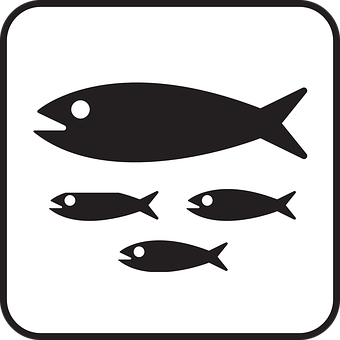In a blog post from Marjolein Hoekstra, organizer of #MSFTEduChat, the best ways for making sure your content is reaching people effectively is discussed. This is the beauty of educators working with one another to make the most out of their content. Someone might have the information gathered, but does not know how to put together a cohesive group of links.
This is the beauty of collaboration in the field of education. People want to see others succeed and to share what has worked for them. It is such a heart-warming thing to see, especially during this stressful time with the Covid-19 pandemic. Can you imagine what education would look like if we treated these lesson plans and resources like they were proprietary information? The saying “Sharing is Caring” applies perfectly. In this case, it is helping to maximize the way students absorb the content.

For someone, simply posting information without clearly demonstrating what another person will gain from reading the content is extremely important. Doing this with purpose will allow for a greater level of collaboration between the content creator and the reader. The person putting together knows why they are posting the information. The person receiving the information can infer but is not in the mind of the creator.
The collaboration tool focused on in this blog post is Wakelet, but the same guidelines apply to other platforms like Twitter or WordPress. This specific platform can be used to post videos that support a lesson being taught in school. Just like a lesson that is to be completed in a traditional classroom, students work best when they know what to expect from the lesson. If the creator posts a clear title and a brief explanation of the purpose of the Wakelet, the students will have a better understanding of what is to be expected.
The same approach should be taken when creating Wakelet collections that are designed to share resources with other educators, colleagues, and parents. Organizing the posts in a meaningful way will allow the content to be the most effective. Ms. Hoekstra provides two different checklists for helping to guide others for the best approach.
Some of the key points addressed include:
- Make sure you have a clear title and description (using written words or a Flipgrid video).
- Include your name and contact information.
- Make note of the date you created your Wakelet.
- Group items visually with captions.
- Insert a text annotation, so that the information can be used with programs like Immersive Reader.
- Accept feedback, so you can improve the content/ collection to reach its maximum potential.
Following these guidelines is something I will make sure to remember when I am creating content whether through Wakelet or another resource. At the end of the day, seeing children learn is a shared goal among all educators. It’s a bit like schools of fish following each other to get through the murky waters. We can do the same for one another as teachers.
